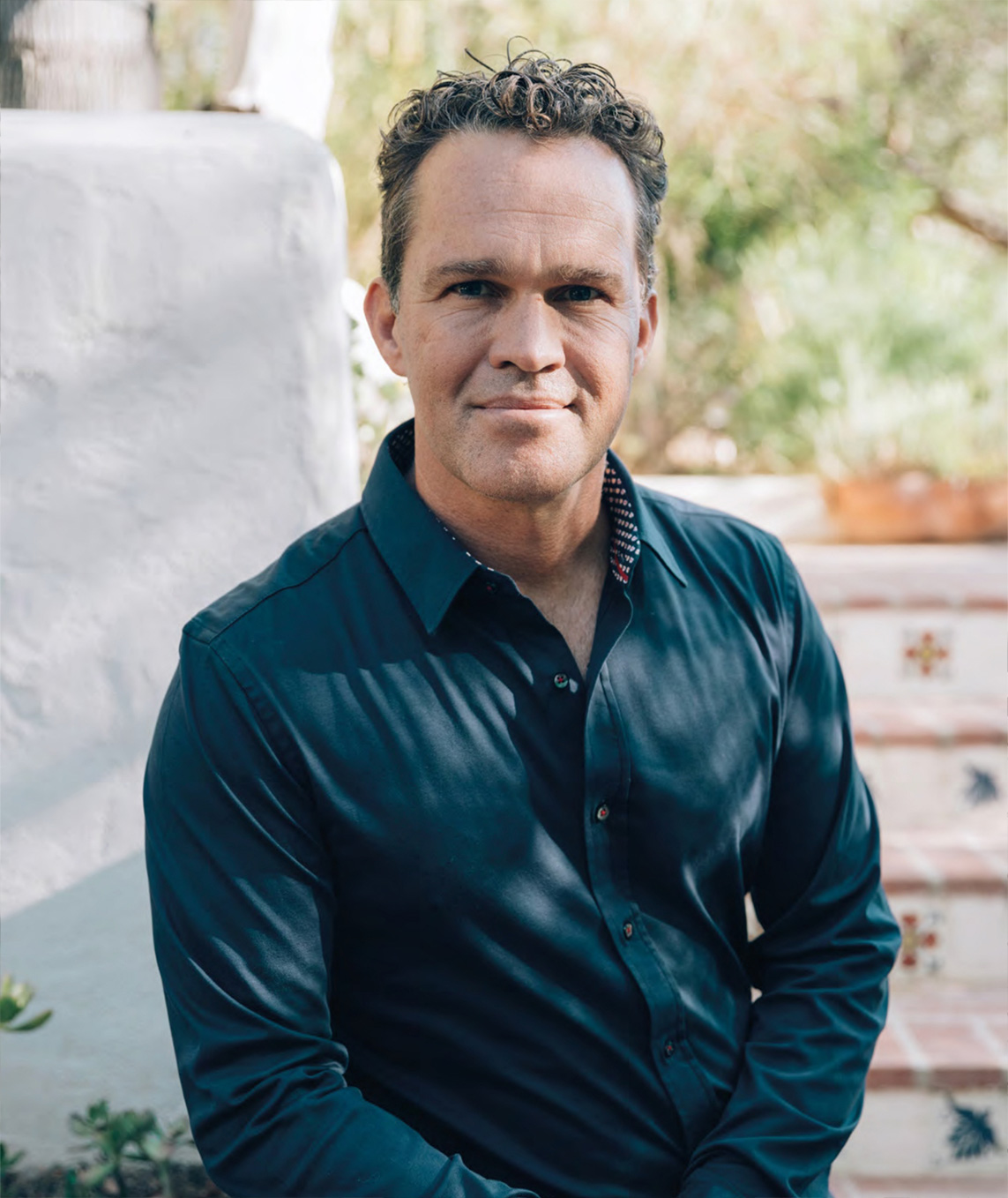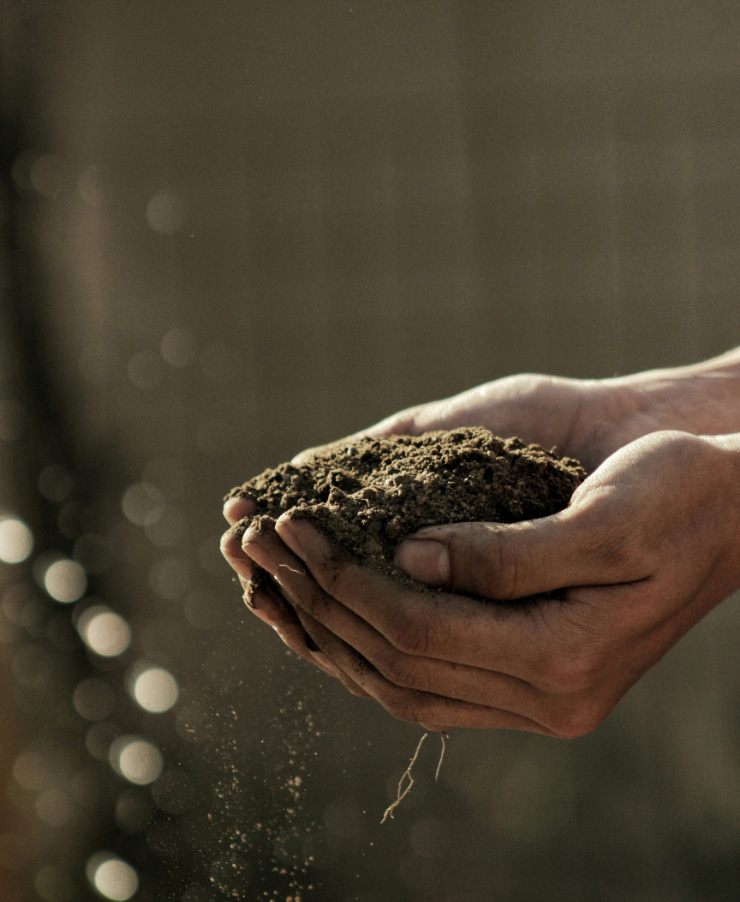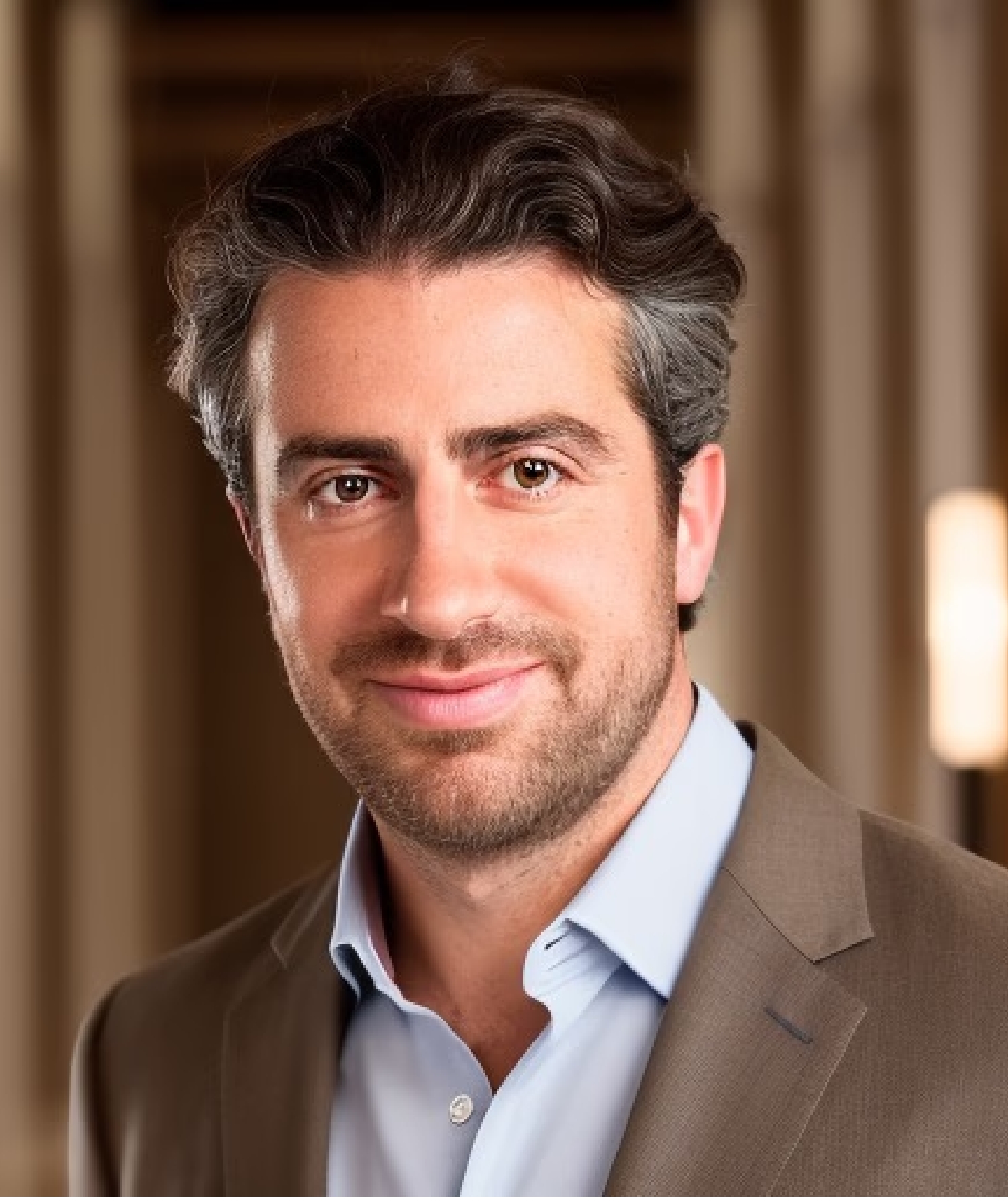Zach Bush MD: Reclaiming sovereignty over our soil and ourselves.
Zach Bush MD is a world-renowned physician, scientist and educator whose work highlights the deep connection between human health, the environment, and the microbial world. As a triple board-certified physician in internal medicine, endocrinology, and hospice care, he has gained recognition for his innovative perspectives. His research into the microbiome, soil health, and their influence on chronic diseases has drawn significant attention. Beyond his medical expertise, he is a dedicated educator, striving to help others understand the profound impact of their choices on both personal well-being and the health of the planet.

How have humans lost their connection to the soil, and what can we do to reconnect?
The large-scale shift to monocrop farming in the 1920s devastated U.S. soil systems, culminating in the Dust Bowl and widespread hunger during the 1930s. Following World War II, the rise of mechanized and chemical-intensive agriculture offered the illusion of a solution. Synthetic fertilizers derived from fossil fuels and nitrogen sources sparked the so-called “Green Revolution.” However, over time, crops became increasingly dependent on chemical inputs, creating a destructive cycle that eroded the vitality of soil, plants, animals, and human health. Today, more than two billion kilograms of glyphosate, the primary ingredient in herbicides like RoundUp, are applied globally each year. This powerful chemical sterilises the soil by eliminating bacteria, fungi, nematodes, earthworms and other essential organisms, further degrading soil ecosystems.
Discuss the link between soil health and chronic disease.
Over the past 15 years, scientific research has pinpointed the failure of biodiversity within the gut microbiome as the root cause of the chronic disease epidemic, which began accelerating in the late 1980s and 1990s. This mirrors the loss of biodiversity in soil systems. Residual herbicides and antibiotics from industrial agriculture directly disrupt the gut microbiome. Research from my laboratory has demonstrated that glyphosate inflicts significant harm on human cells, impairing protein synthesis, enzyme function, immune response, and the integrity of the vascular and blood-brain barriers. Additionally, glyphosate exposure undermines mitochondrial energy production, which is essential for cell survival. Studies have shown a direct correlation between the acreage treated with glyphosate and the prevalence of chronic diseases. This chemical burden has profound implications for human health, linking soil degradation to widespread illness.

“We must realign our lifestyles with Earth’s natural systems—soil, water, and air.”
“We must realign our lifestyles with Earth’s natural systems—soil, water, and air.”
Regenerative agriculture: is it truly a path to climate resilience and community vitality?
Regenerative farming practices focus on enhancing biodiversity in soil, plants, and animals, thereby fostering resilience and producing nutrient-rich crops. The carbon cycle—from soil to plants to animals, and back into the soil—is fundamental to life on Earth. Disrupting the soil microbiome interrupts this cycle. Currently, 97% of arable soils worldwide are severely depleted of active carbon, trace nutrients, and microbial diversity. This depletion contributes to widespread nutrient deficiencies and metabolic dysfunction across all socioeconomic groups.
Fortunately, humanity has a rich history of regenerative agricultural techniques. Practices such as composting, biochar application, crop rotation, cover cropping, no-till farming, and multispecies intercropping draw from centuries of indigenous knowledge and scientific innovation. By revitalizing soil ecosystems, these methods not only mitigate climate change but also strengthen local food systems and community resilience.
A vision of hope for interconnected life on Earth
Food systems are not just the cornerstone of human and planetary health; they are integral to human culture and connection. Food serves as a focal point for gatherings, storytelling, and community-building. The creative expressions of culture—cooking, storytelling, music, dance, and art—have historically caused no harm to the planet. This highlights the potential for human activity to coexist harmoniously with nature.
Biology is inherently cyclical, designed for extinction and rebirth. The planet will continue to evolve, becoming more biodiverse and abundant. However, for humanity to remain a part of this future, we must realign our lifestyles with Earth’s natural systems—soil, water, and air. By reconnecting with these foundational elements, we can rediscover our true human nature and create a legacy of abundance for future generations. The rewards of this transformation are both immediate and enduring. If we are willing to embrace a new beginning, the possibilities for a harmonious existence are endless.
How have humans lost their connection to the soil, and what can we do to reconnect?
The large-scale shift to monocrop farming in the 1920s devastated U.S. soil systems, culminating in the Dust Bowl and widespread hunger during the 1930s. Following World War II, the rise of mechanized and chemical-intensive agriculture offered the illusion of a solution. Synthetic fertilizers derived from fossil fuels and nitrogen sources sparked the so-called “Green Revolution.” However, over time, crops became increasingly dependent on chemical inputs, creating a destructive cycle that eroded the vitality of soil, plants, animals, and human health. Today, more than two billion kilograms of glyphosate, the primary ingredient in herbicides like RoundUp, are applied globally each year. This powerful chemical sterilises the soil by eliminating bacteria, fungi, nematodes, earthworms and other essential organisms, further degrading soil ecosystems.
Discuss the link between soil health and chronic disease.
Over the past 15 years, scientific research has pinpointed the failure of biodiversity within the gut microbiome as the root cause of the chronic disease epidemic, which began accelerating in the late 1980s and 1990s. This mirrors the loss of biodiversity in soil systems. Residual herbicides and antibiotics from industrial agriculture directly disrupt the gut microbiome. Research from my laboratory has demonstrated that glyphosate inflicts significant harm on human cells, impairing protein synthesis, enzyme function, immune response, and the integrity of the vascular and blood-brain barriers. Additionally, glyphosate exposure undermines mitochondrial energy production, which is essential for cell survival. Studies have shown a direct correlation between the acreage treated with glyphosate and the prevalence of chronic diseases. This chemical burden has profound implications for human health, linking soil degradation to widespread illness.

“We must realign our lifestyles with Earth’s natural systems—soil, water, and air.”
“We must realign our lifestyles with Earth’s natural systems—soil, water, and air.”
Regenerative agriculture: is it truly a path to climate resilience and community vitality?
Regenerative farming practices focus on enhancing biodiversity in soil, plants, and animals, thereby fostering resilience and producing nutrient-rich crops. The carbon cycle—from soil to plants to animals, and back into the soil—is fundamental to life on Earth. Disrupting the soil microbiome interrupts this cycle. Currently, 97% of arable soils worldwide are severely depleted of active carbon, trace nutrients, and microbial diversity. This depletion contributes to widespread nutrient deficiencies and metabolic dysfunction across all socioeconomic groups.
Fortunately, humanity has a rich history of regenerative agricultural techniques. Practices such as composting, biochar application, crop rotation, cover cropping, no-till farming, and multispecies intercropping draw from centuries of indigenous knowledge and scientific innovation. By revitalizing soil ecosystems, these methods not only mitigate climate change but also strengthen local food systems and community resilience.
A vision of hope for interconnected life on Earth
Food systems are not just the cornerstone of human and planetary health; they are integral to human culture and connection. Food serves as a focal point for gatherings, storytelling, and community-building. The creative expressions of culture—cooking, storytelling, music, dance, and art—have historically caused no harm to the planet. This highlights the potential for human activity to coexist harmoniously with nature.
Biology is inherently cyclical, designed for extinction and rebirth. The planet will continue to evolve, becoming more biodiverse and abundant. However, for humanity to remain a part of this future, we must realign our lifestyles with Earth’s natural systems—soil, water, and air. By reconnecting with these foundational elements, we can rediscover our true human nature and create a legacy of abundance for future generations. The rewards of this transformation are both immediate and enduring. If we are willing to embrace a new beginning, the possibilities for a harmonious existence are endless.
DON’T MISS






